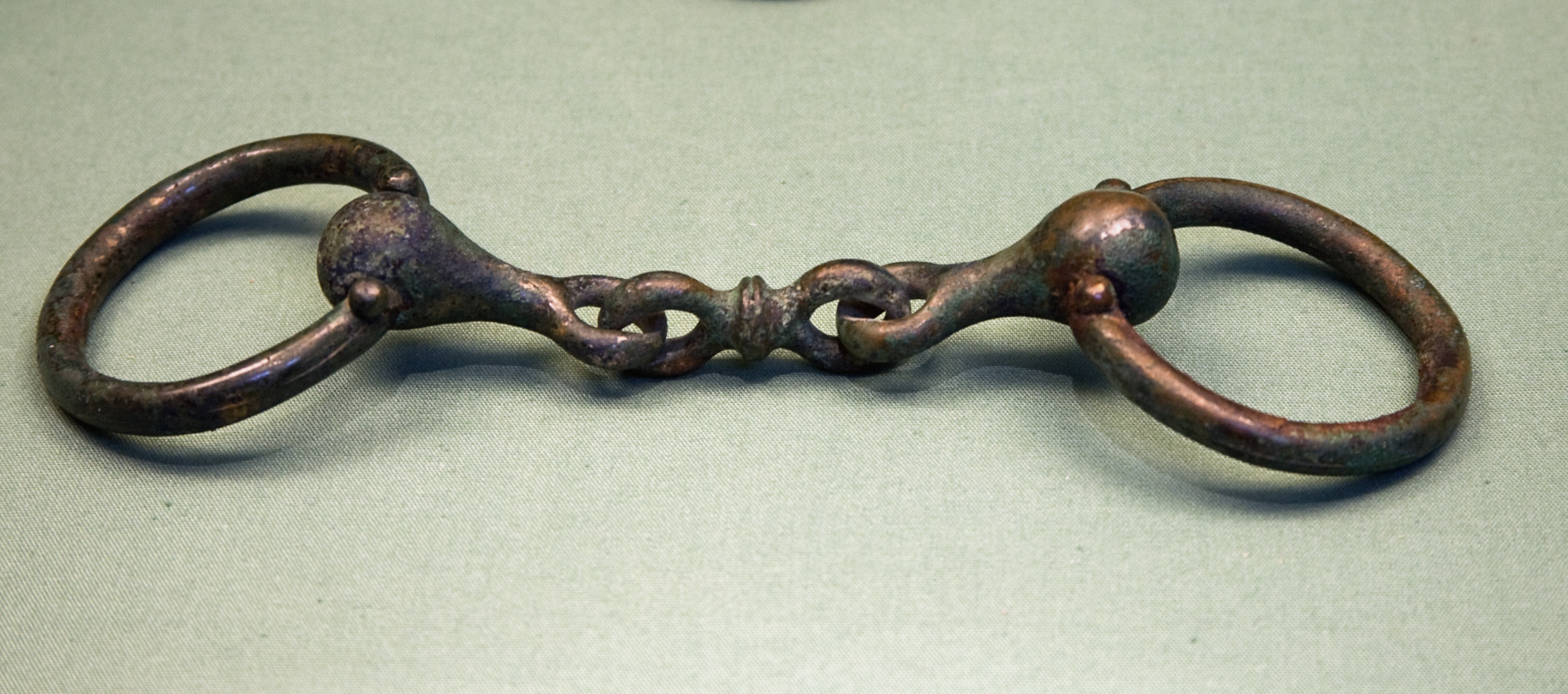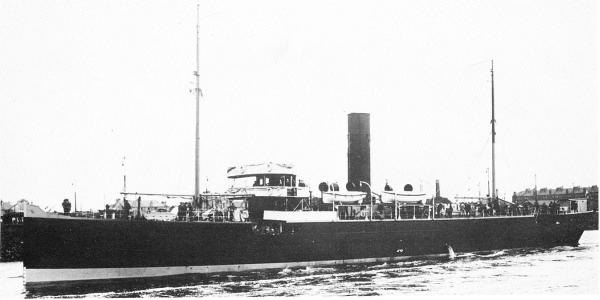|
Arras (other)
Arras is the capital of the Pas-de-Calais department in northern France. Arras may also refer to: People and places * August Arras (1881–1968), Estonian politician * Konrad Arras (1876–1930), Estonian politician * Wim Arras (born 1964), Belgian cyclist * Arras, Albania, a village in eastern Albania Other * Battle of Arras (other), several battles of that name * Arras culture, an archaeological culture of the British Iron Age * Arras-class aviso, a class of thirty French avisos * Arras Mountain, a summit in British Columbia, Canada * HMCS ''Arras'', a ''Battle'' class trawler * A hanging tapestry, known chiefly for the one behind which Polonius hides in Gertrude's closet scene, in Shakespeare's '' Hamlet'' (Act III, Scene iv) * ''Las arras'', in Hispanic weddings, the thirteen coins presented to the bride by the groom, to symbolize the groom's commitment to 'provide' for his bride and make his wealth hers * The Arras, the tallest building in Asheville, North Caro ... [...More Info...] [...Related Items...] OR: [Wikipedia] [Google] [Baidu] |
Arras
Arras ( , ; pcd, Aro; historical nl, Atrecht ) is the prefecture of the Pas-de-Calais Departments of France, department, which forms part of the regions of France, region of Hauts-de-France; before the regions of France#Reform and mergers of regions, reorganization of 2014 it was in Nord-Pas-de-Calais. The historic centre of the Artois region, with a Baroque town square, Arras is in Northern France at the confluence of the rivers Scarpe (river), Scarpe and Crinchon. The Arras plain is on a large chalk plateau bordered on the north by the Marqueffles fault, on the southwest by the Artois and Ternois hills, and on the south by the slopes of Beaufort-Blavincourt. On the east it is connected to the Scarpe valley. Established during the Iron Age by the Gauls, the town of Arras was first known as ''Nemetocenna'', which is believed to have originated from the Celtic word ''nemeton'', meaning 'sacred space.' Saint Vedast (or St. Vaast) was the first Catholic bishop in the year 499 a ... [...More Info...] [...Related Items...] OR: [Wikipedia] [Google] [Baidu] |
August Arras
August Arras (27 June 1881 Erastvere Parish (now Kanepi Parish), Kreis Werro – 24 March 1968 Stockholm) was an Estonian politician. He was a member of Estonian Constituent Assembly The Estonian Constituent Assembly ( et, Asutav Kogu) was elected on 5–7 April 1919, called by the Estonian Provisional Government during the Estonian War of Independence. Estonian Constituent Assembly elections Activity The 120 members of t ..., representing the Estonian Labour Party. On 16 October 1919, he resigned his post and he was replaced by Theodor Käärik. References 1881 births 1968 deaths People from Kanepi Parish People from Kreis Werro Estonian Labour Party politicians Members of the Estonian Constituent Assembly Estonian World War II refugees Estonian emigrants to Sweden {{Estonia-politician-stub ... [...More Info...] [...Related Items...] OR: [Wikipedia] [Google] [Baidu] |
Konrad Arras
Konrad Arras (14 July 1876 Erastvere Parish (now Kanepi Parish), Kreis Werro – 30 October 1930 Tartu) was an Estonian politician. He was a member of the II and III Riigikogu, representing the Farmers' Assemblies The Farmers' Assemblies ( et, Põllumeeste Kogud) was a conservative political party in Estonia. Led by Konstantin Päts, it was one of the ruling parties during most of the interwar period. History The Rural League (''Maarahva Liit'') was forme .... References 1876 births 1930 deaths People from Kanepi Parish People from Kreis Werro Farmers' Assemblies politicians Members of the Riigikogu, 1923–1926 Members of the Riigikogu, 1926–1929 {{Estonia-politician-stub ... [...More Info...] [...Related Items...] OR: [Wikipedia] [Google] [Baidu] |
Wim Arras
Wim Arras (born 7 February 1964 in Lier) is a Belgian former cyclist who specialized in sprinting. He won the Paris–Brussels The Brussels Cycling Classic (known until June 2013 as Paris–Brussels) is a semi classic European bicycle race, one of the oldest races on the international calendar. History Paris–Brussels was first run on 12 August 1893 as an amateur eve ... race. His cycling career ended abruptly when he had to retire due to a motorcycle accident in 1990. References 1964 births Living people People from Lier, Belgium Belgian male cyclists Cyclists from Antwerp Province {{Belgium-cycling-bio-1960s-stub ... [...More Info...] [...Related Items...] OR: [Wikipedia] [Google] [Baidu] |
Arras, Albania
Arras is a village and a former municipality in the Dibër County, northeastern Albania. At the 2015 local government reform it became a subdivision of the municipality Dibër, Albania, Dibër. The population in 2011 was 3,055. References [...More Info...] [...Related Items...] OR: [Wikipedia] [Google] [Baidu] |
Battle Of Arras (other)
The name Battle of Arras refers to a number of battles which took place near the town of Arras in Artois, France: * Siege of Arras (1640), a siege by the French against the Spanish during the Thirty Years' War * Battle of Arras (1654), a clash between the French and the Spanish * Battle of Arras (1914), a battle during the Race to the Sea in the First World War *Battle of Arras (1915) The Battle of Arras was fought on 9 May 1915 on the Western Front in France. The so-called Bayonne Legion (a French Foreign Legion infantry unit which consisted of ethnic Polish volunteers) clashed with troops of the Imperial German Army, def ..., took place on May 9, 1915, during the First World War * Battle of Arras (1917), a British Empire offensive during the First World War * Battle of Arras (1918), part of the Hundred Days Offensive * Battle of Arras (1940), a tank battle during the Battle of France in the Second World War See also * Arras (other) {{disambiguation ... [...More Info...] [...Related Items...] OR: [Wikipedia] [Google] [Baidu] |
Arras Culture
The Arras culture is an archaeological culture of the Middle Iron Age in East Yorkshire, England. It takes its name from the cemetery site of Arras, at Arras Farm, near Market Weighton, which was discovered in the 19th century. The site spans three fields, bisected by the main east-west road between Market Weighton and Beverley, and is arable farmland; little to no remains are visible above ground. The extent of the Arras culture is loosely associated with the Parisi tribe of pre-Roman Britain. The culture is defined by its burial practices, which are uncommon outside East Yorkshire, but are found in continental Europe, and show some similarities with those of the La Tène culture. The inhumations include chariot burials, or burials in square enclosures, or both; in contrast to continental inhumations the cemeteries were crowded, not extended, and the chariots typically disassembled. The burials have been dated from the latter part of the 1st millennium BC to the Roman conquest ... [...More Info...] [...Related Items...] OR: [Wikipedia] [Google] [Baidu] |
Arras-class Aviso
The Arras-class, sometimes known as the ''Amiens'' class, were a series of aviso (also referred to as sloops) built for the French Navy at the end of World War I. Design and development A total of forty three fast "first-rate" avisos for convoy escort duties. These ships were ordered under 1916 and 1917 building programmes for the French Navy and all were named after places on the Western Front lines. Built in nine different military and civilian dockyards across France, The first of which, ''Arras'', entered commission May 1918. The signing of the Armistice of 11 November 1918 marked the end of the First World War, and the final thirteen planned Arras-class ships were cancelled. The remaining ships were slowly completed from 1919 to 1924. The ships were modelled after the success of British Q-ships, military ships purposely designed to resemble three-island type merchant cargo ships to deceive enemy U-boats. As such, like merchant ships they were considered roomy for their si ... [...More Info...] [...Related Items...] OR: [Wikipedia] [Google] [Baidu] |
Arras Mountain
Arras Mountain is a mountain summit located in the Canadian Rockies of British Columbia, Canada. Arras Mountain is situated immediately northeast of the confluence of Icefall Brook with Valenciennes River, east-southeast of Rostrum Peak, and west of Valenciennes Mountain, and all are in the Kootenay Land District. The peak was named in 1921 to commemorate the World War I battlefield at Arras, France, where Canadian troops fought in the Battle of Arras (1917), first battle April 1917, and in the second battle August 1918. The name was officially adopted in 1924 when approved by the Geographical Names Board of Canada. Geology Arras Mountain is composed of sedimentary rock laid down during the Precambrian to Jurassic periods. Formed in shallow seas, this sedimentary rock was pushed east and over the top of younger rock during the Laramide orogeny. The northwest aspect of the mountain conspicuously displays vertically-tilted anticline, anticlinal strata. Topographic relief is sig ... [...More Info...] [...Related Items...] OR: [Wikipedia] [Google] [Baidu] |
HMCS Arras
HMCS ''Arras'' was one of twelve naval trawlers that saw service with the Royal Canadian Navy (RCN). The vessel entered service in 1918 near the end of the First World War and was used for patrolling and escort duties along the Atlantic Coast of Canada. Following the war, ''Arras'' was transferred to the Department of Marine and Fisheries where the ship was used as a fisheries patrol vessel. Following the outbreak of the Second World War, the ship re-entered RCN service as a gate vessel. In 1943, the ship was heavily damaged by fire and was broken up in 1957. Design and description The RCN's Battle-class trawlers formed part of the Canadian naval response to Admiralty warnings to Canada about the growing German U-boat threat to merchant shipping in the western Atlantic.Tucker, p. 253 Intended to augment anti-submarine patrols off Canada's east coast, these ships were modelled on contemporary British North Sea trawlers, since the standard types of Canadian fishing vess ... [...More Info...] [...Related Items...] OR: [Wikipedia] [Google] [Baidu] |
Tapestry
Tapestry is a form of textile art, traditionally woven by hand on a loom. Tapestry is weft-faced weaving, in which all the warp threads are hidden in the completed work, unlike most woven textiles, where both the warp and the weft threads may be visible. In tapestry weaving, weft yarns are typically discontinuous; the artisan interlaces each coloured weft back and forth in its own small pattern area. It is a plain weft-faced weave having weft threads of different colours worked over portions of the warp to form the design. Tapestry is relatively fragile, and difficult to make, so most historical pieces are intended to hang vertically on a wall (or sometimes in tents), or sometimes horizontally over a piece of furniture such as a table or bed. Some periods made smaller pieces, often long and narrow and used as borders for other textiles. European tapestries are normally made to be seen only from one side, and often have a plain lining added on the back. However, other tradit ... [...More Info...] [...Related Items...] OR: [Wikipedia] [Google] [Baidu] |
Hamlet
''The Tragedy of Hamlet, Prince of Denmark'', often shortened to ''Hamlet'' (), is a tragedy written by William Shakespeare sometime between 1599 and 1601. It is Shakespeare's longest play, with 29,551 words. Set in Denmark, the play depicts Prince Hamlet and his attempts to exact revenge against his uncle, Claudius, who has murdered Hamlet's father in order to seize his throne and marry Hamlet's mother. ''Hamlet'' is considered among the "most powerful and influential tragedies in the English language", with a story capable of "seemingly endless retelling and adaptation by others". There are many works that have been pointed to as possible sources for Shakespeare's play—from ancient Greek tragedies to Elizabethan plays. The editors of the Arden Shakespeare question the idea of "source hunting", pointing out that it presupposes that authors always require ideas from other works for their own, and suggests that no author can have an original idea or be an originator. When ... [...More Info...] [...Related Items...] OR: [Wikipedia] [Google] [Baidu] |





